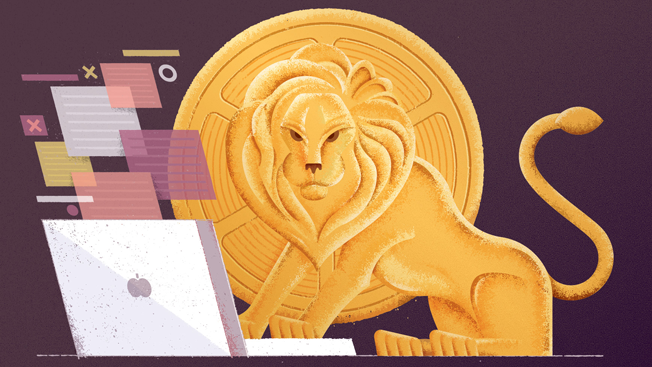The advertising industry’s annual party on the French Riviera might be over, but its impact is only beginning to be felt.
After a week of conversations with CEOs, CMOs and industry leaders, it was clear to me that tech’s assimilation into the advertising industry was progressing as never before. Here are the three recurring threads that are sure to drive conversations throughout the year:
1. Creative meets technology
One of the best parts about Cannes is the celebration of great creative. Technology and data have helped transform the media buying world tremendously, and data plays a key role in deciphering who should receive an ad, and which ad they should see.
But here’s a depressingly common scenario: The agency and DSP have 1,472 data points to precisely value what a single consumer is worth to an advertiser. They home in on the perfect moment for an ad, the ideal site and placement…and then show the same ad they’ve shown a billion times already to every other consumer in the world.
Ad messaging and visuals still hold the key to campaign success because data and technology mean nothing without creative resonance. The romance between technology and creative—truly scalable creative—is still in its early stages. The most interesting creative work at Cannes matched the myriad of targeting methods, but also put the consumer experience front and center, where it belongs.
2. The opportunity in audio is loud and clear
One message that marketers made clear in Cannes is that dollars are shifting to media channels that fit more seamlessly into a consumer’s daily routine. Perhaps inspired by ad blocking, this trend puts both native and audio front and center. The future of digital audio in particular made a big splash in the French Riviera this year.
Why? Take the scale of terrestrial radio, and apply better targeting, reporting and attribution. Digital audio is massive—the average Spotify user is on the app 148 minutes per day, hearing two minutes of ads per hour on average. Those users listen on the commute, at the gym and at home. Along with being able to bring their own audience data to the table, advertisers can use self-declared context from the user (“I’m having a dinner party!”), making ad messaging that much more nuanced and relevant. Not to mention, a wider variety of more relevant ads will improve the Spotify consumer experience.
3. It’s time to rewrite the agency org chart
Several macro trends are combining into a perfect storm for agency org charts.
First, programmatic spend is now a big enough slice of the pie that it’s part of every meaningful media conversation with an advertiser.
Second, with the rise of automated guaranteed and private marketplace deals, more agencies are increasingly asking, “Why are we using an insertion order and an ad server for a direct-to-publisher buy? Couldn’t we just put this on the DSP?”
And third, as it becomes easier and easier to buy every media channel from a single platform, that’s breaking down more walls between agency teams, for better or worse. If you thought agency politics were tricky enough between media teams and agency trading desks, just wait till you throw TV buying into the mix!
What does all this mean for an agency? Long story short, the programmatic media buyer needs to sit closer to the client. That’s a shift from specialist to client-facing programmatic lead.
We’ve all known this shift would happen all along. It just took a couple glasses of rosé to make it clear.








